Stockholm is a glorious confusion of thousands of eating places, encompassing every type of national or regional cuisine. If you’re spending time in this open, progressive city you are confronted with a multitude of eating possibilities – the variety is truly head-spinning!
So, who better to guide you through the labyrinth of choices than some of Sweden’s most renowned and creative chefs themselves?
A number of brilliant Swedish chefs, known for their innovative approaches to Scandinavian culinary tradition and commitment to working with carefully-selected and locally-sourced produce, have set aside their knives, whisks and competitive natures to create a new restaurant guide.
These restaurants are not intended to be a definitive guide to Stockholm’s best restaurants but simply a selection of the places the chefs enjoy spending their free time. It’s a rare insiders’ guide to eating in Stockholm.
Here we offer you a tantalising tasting menu of five of the 10 restaurants in the guide, chosen by chefs such as Tom Sjöstedt, famous for preparing the first-ever vegetarian dish for the Nobel Banquet, Rebecca and Sofia Olsson from Gothenburg’s fantastic VRÅ and Frida Ronge of the glamorous Tak and UNN.
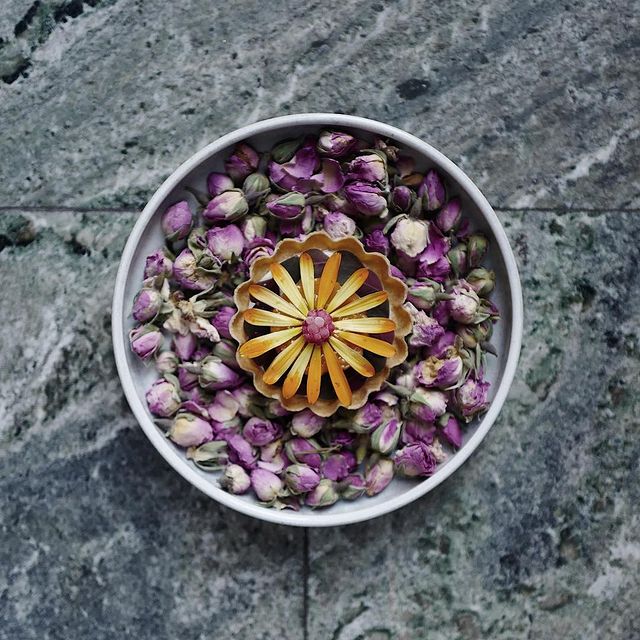 via Agrikultur on Instagram
via Agrikultur on Instagram
TRY: White asparagus atop soft scrambled eggs flavored with roasted hay
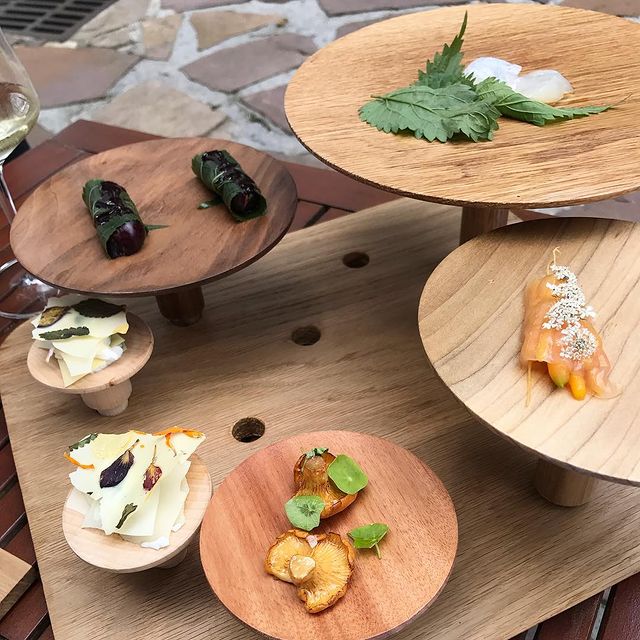
TRY: Fried chanterelles on a bed of poached eggs, onions and peas
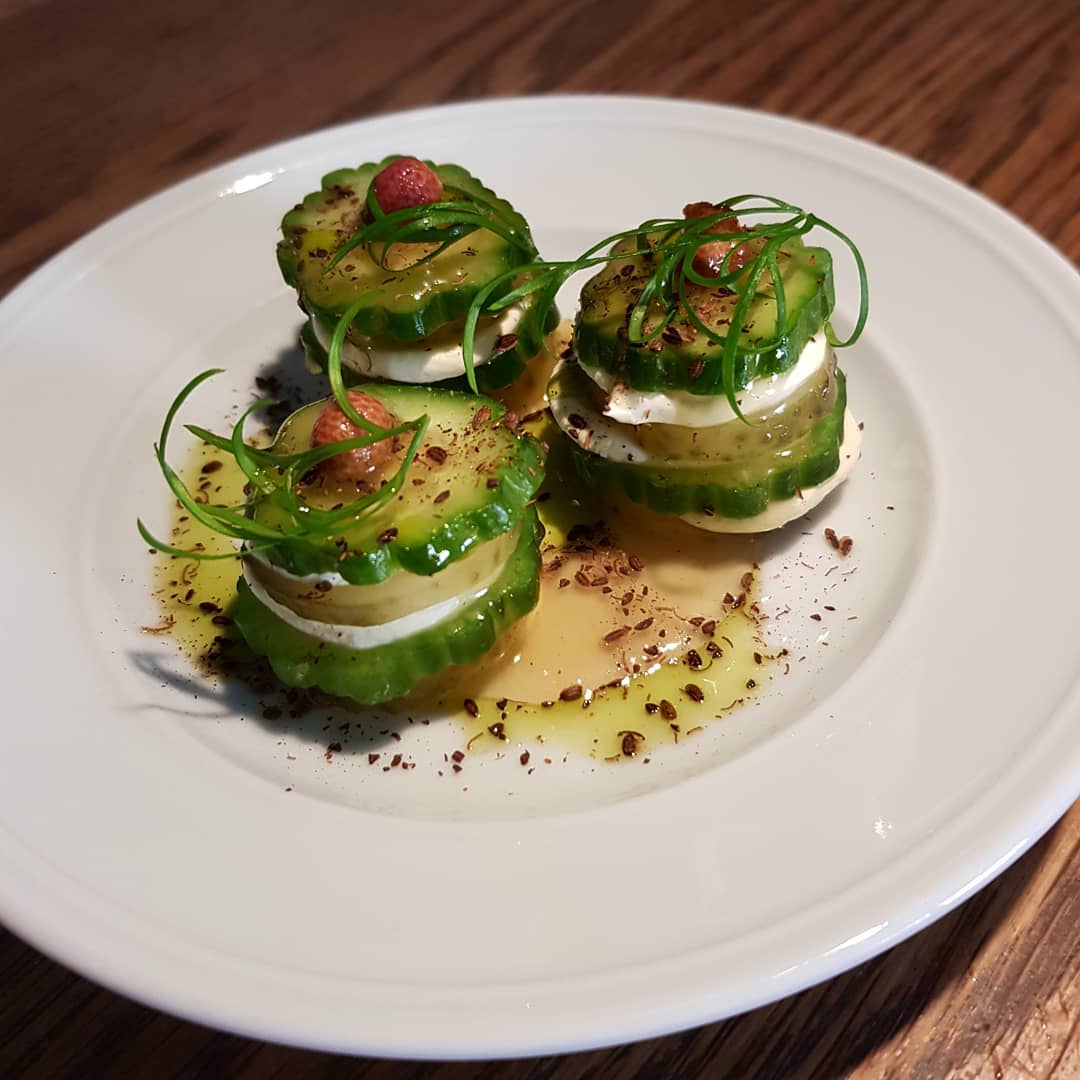
TRY: Lobster with horseradish, clarified butter and grilled bread
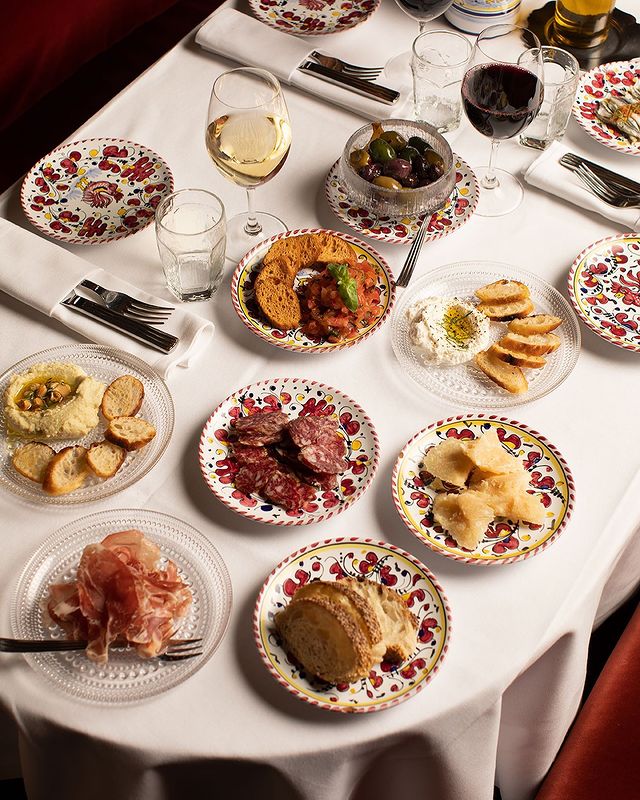
Looking for a dramatic eatery? Look no further than, L’Avventura which offers offers a decadent dining experience inside a former cinema. The cavernous space even has a pair of mature olive trees planted at its centre.
TRY: Deep fried truffle and mushroom risotto
Come to this low-key restaurant to try the best, and most adventurous, pizza in town and leave having discovered its secret weapon – a truly amazing and surprisingly affordable wine list.
TRY: Pizza Margherita.
This article was produced by The Local Creative Studio and sponsored by Visit Sweden and Visit Stockholm.

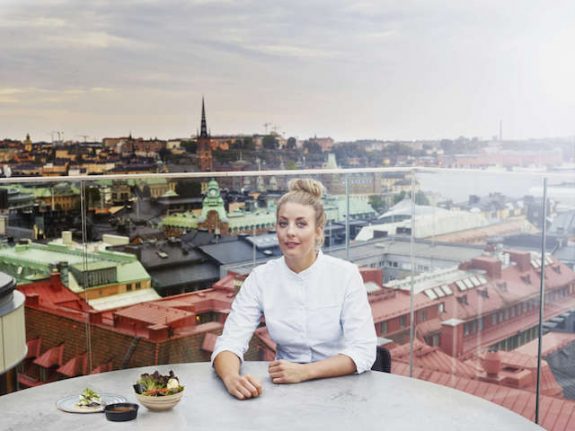
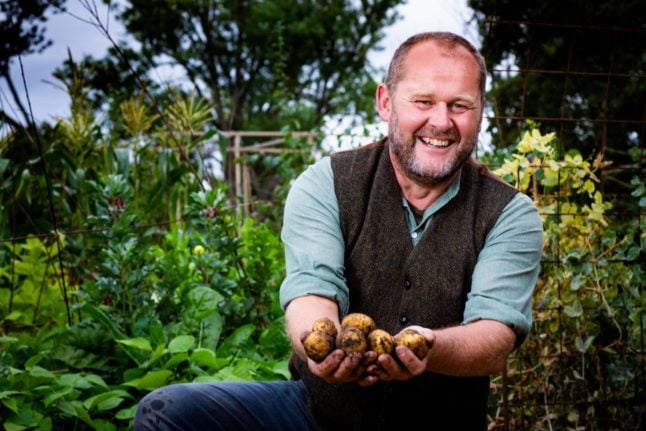

 Please whitelist us to continue reading.
Please whitelist us to continue reading.